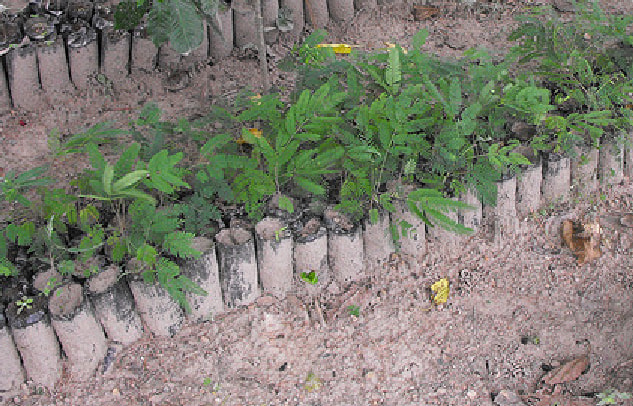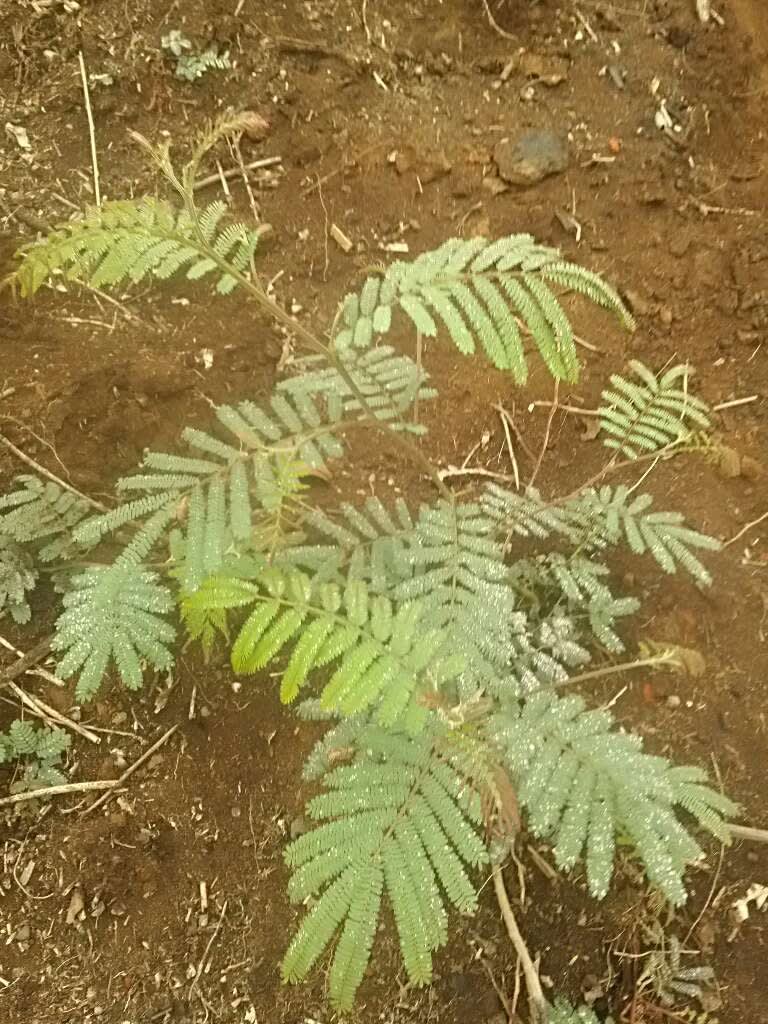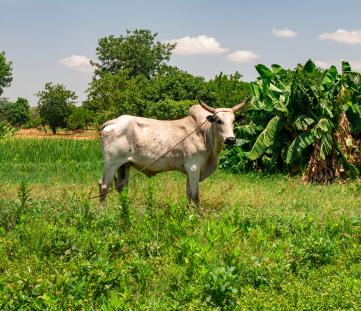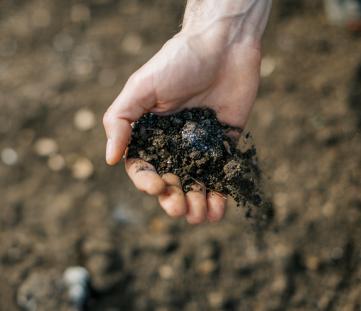ID: NWG-545
ID: NWG-545
Calliandra
Calliandra calothyrsus
Photo
Kenya
04:38 - 14°C
My connections
My ID card
Who am I?
Date of birth
06/08/2019
Name
Calliandra
Tree
Calliandra
Where am I located?
Country
Kenya
Place of birth
Kariara ward
Coordinates
0° 51′ 27.36″ S
36° 48′ 55.65″ E
/36.815457785478,-0.85759922750312,0/500x333@2x?access_token=pk.eyJ1IjoidG9tbWFzb3NwZXJvbmkiLCJhIjoiY2tnOTE3eW12MDJqazMybXNzOWV1YjloOSJ9.wtGsuDU7XIKjcv2cq8CiXw&logo=false&attribution=false)
My Timeline
The important moments in your tree's life.
Semence
Tout commence par une petite graine, bien au chaud dans la terre.
Pépinière
Votre pousse est assez grande pour être accueillie dans l’une de nos pépinières, au milieu de beaucoup d’autres.
Plantation
Nous y sommes ! Votre arbre a atteint sa nouvelle maison : il a été planté par un agriculteur qui en prendra soin au fil du temps.
Photo
On prend la pose ! Maintenant qu’il est assez grand, voici la photo de votre arbre !
My Gallery
Pépinière

Plantation
/36.815457785478,-0.85759922750312,0/500x333@2x?access_token=pk.eyJ1IjoidG9tbWFzb3NwZXJvbmkiLCJhIjoiY2tnOTE3eW12MDJqazMybXNzOWV1YjloOSJ9.wtGsuDU7XIKjcv2cq8CiXw&logo=false&attribution=false)
36° 48′ 55.65″ E
Photo

Curiosity about me
The important moments in your tree's life.
Let's start with introductions
Le Calliandra, ou Arbre aux Houppettes, fait partie des plantes à fleurs au sein de la famille des Fabaceae. Dans des conditions optimales, il peut pousser jusqu'à 10 mètres de haut, avec un tronc de 30 mètres de diamètre. Il présente des fleurs et des sépales verts, avec de belles étamines filamenteuses d'une vive couleur violette ou rouge.
Meaning
Versatilité
Le calliandra est capable de s'adapter et de pousser sur différents sols, même les moins fertiles.

Combien de CO2 vais-je absorber
L’estimation de ma capacité à absorber le CO2 est basée sur les 10 premières années de ma vie*
Absorption de courant
- 100 kg
2019
0 kg
2029
-200 kg
* L’arbre continuera à absorber du CO2 même après dix ans de vie. Par conséquent, il s’agit d’une estimation prudente.
How I am useful to local communities

Élevage
Ses feuilles, fraîches ou séchées, servent d'aliments pour le bétail.

Sol
Il améliore la qualité du sol en fixant l'azote ou lutte contre l'érosion grâce à son système racinaire étendu.
My benefits
30%
Food Security
The trees will bear fruits, some that will be edible immediately and others that can become edible through processing, ensuring food resources over time.
50%
Economic development
The trees' fruits and the products derived from their transformation can be traded in local networks, offering income opportunities.
30%
CO₂ Absorption
During its life cycle, each tree will offset CO₂. The trees that you plant can offset your emissions.
80%
Environmental protection
The trees are planted in agroforestry systems that favor the virtuous interaction between the different species and their positive impact on the environment and on the land.